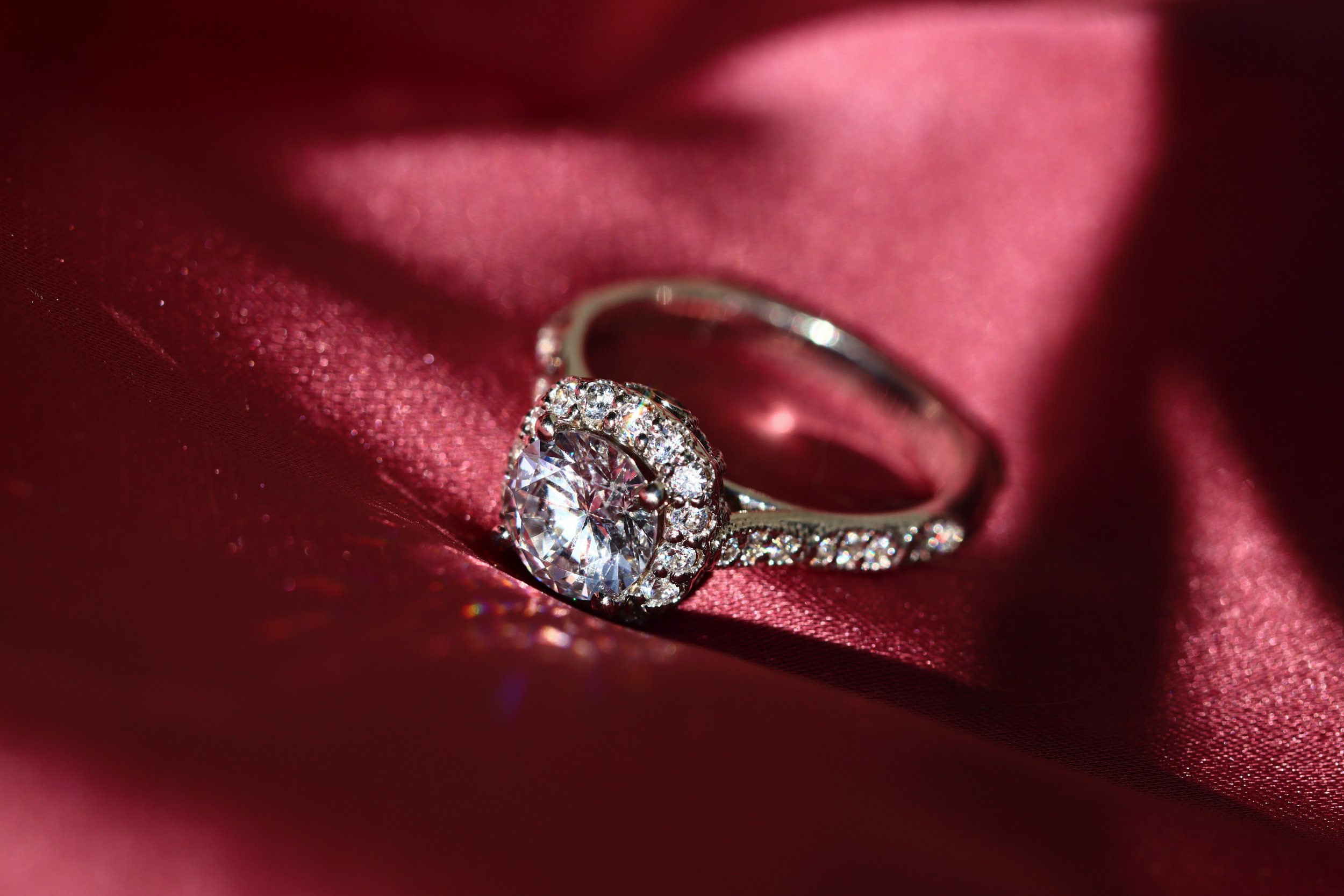When it comes to diamonds, the term “diamond cuts” refers not only to the shape of the stone but also to how well it has been crafted to enhance its brilliance and overall appearance. In the context of lab diamonds, understanding different diamond cuts is crucial for consumers who want to make informed choices. Lab-grown diamonds have gained popularity for their ethical sourcing and affordability, but the intricacies of diamond cuts can often confuse potential buyers.
The Importance of Diamond Cuts
The cut of a diamond plays a pivotal role in how it reflects light, contributing to its sparkle and overall aesthetic appeal. A well-cut diamond can maximize brilliance, while a poorly cut diamond may appear dull or lifeless. The cut affects the proportions, angles, and facets of the diamond, which in turn influences how light interacts with the stone. For lab diamonds, just like natural diamonds, achieving the ideal cut is essential for showcasing their beauty.
Common Diamond Cuts
Lab diamonds are available in various cuts, each with its unique characteristics and charm. Some of the most popular cuts include:
Round Cut
The round cut is the most sought-after diamond cut, renowned for its ability to maximize brilliance. With its 58 facets, the round cut reflects light exceptionally well, making it a classic choice for engagement rings and other fine jewelry.
Princess Cut
The princess cut features a square or rectangular shape with sharp corners, combining elegance with modernity. Its unique faceting allows for remarkable light performance, making it a favorite among those who prefer contemporary designs.
Cushion Cut
The cushion cut, resembling a pillow, is known for its vintage appeal. This cut combines a square shape with rounded corners and large facets, resulting in a romantic and soft glow. Its popularity has surged in recent years, especially for vintage-inspired jewelry.
Emerald Cut
The emerald cut is distinguished by its rectangular shape and step-like facets, which create a hall of mirrors effect. While it may not offer the same level of brilliance as the round cut, the emerald cut is celebrated for its elegance and clarity, allowing for a captivating view of the diamond’s color and clarity.
Oval Cut
The oval cut is an elongated version of the round cut, offering a similar brilliance while providing a unique twist. Its shape can create the illusion of larger size, making it an appealing option for those seeking a diamond with a more elongated appearance.
Marquise Cut
The marquise cut features an elongated shape with pointed ends, resembling a boat. This cut maximizes carat weight, making the diamond appear larger than its actual weight. It exudes a sense of grandeur and elegance, making it a popular choice for statement pieces.
Factors Influencing Diamond Cuts
Several factors influence the quality of a diamond cut, impacting its overall beauty and value. The proportions, symmetry, and polish of the diamond all contribute to its cut grade. The Gemological Institute of America (GIA) and other grading organizations provide evaluations based on these criteria, helping consumers understand the quality of their chosen lab diamond.
Conclusion
Understanding diamond cuts is essential for anyone considering a lab diamond purchase. The cut significantly affects the diamond’s beauty, brilliance, and value, making it a crucial factor in the buying process. By familiarizing themselves with the various cuts available and their unique characteristics, consumers can make informed decisions that align with their preferences and budget. Whether opting for a timeless round cut or a modern princess cut, the right diamond cut can enhance the overall appeal of lab diamonds, ensuring a stunning piece of jewelry that will be cherished for years to come.

